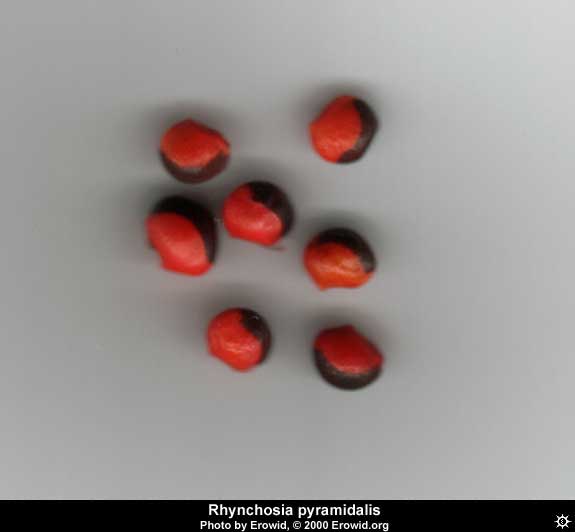Craig - Those are beautiful seeds. Would you be willing to send me about a pint of 'em to use in my art? Of course I would pay the cost to send. I'd love to grow the tree, but live in a coastal area and they're too invasive a species to invite into my garden.

[Edited on 3-22-2006 by Natalie Ann]












